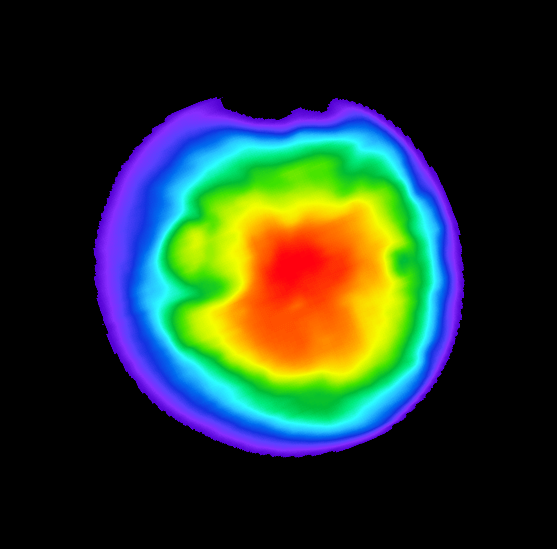5 min read

Headed for Jupiter's moon Europa, the spacecraft did some sightseeing, using a flyby of Mars to calibrate its infrared imaging instrument.
On its recent swing by Mars, NASA's Europa Clipper took the opportunity to capture infrared images of the Red Planet. The data will help mission scientists calibrate the spacecraft's thermal imaging instrument so they can be sure it's operating correctly when Europa Clipper arrives at the Jupiter system in 2030.
The mission's sights are set on Jupiter's moon Europa and the global ocean hidden under its icy surface. A year after slipping into orbit around Jupiter, Europa Clipper will begin a series of 49 close flybys of the moon to investigate whether it holds conditions suitable for life.
A key element of that investigation will be thermal imaging - global scans of Europa that map temperatures to shed light on how active the surface is. Infrared imaging will reveal how much heat is being emitted from the moon; warmer areas of the ice give off more energy and indicate recent activity.
The imaging also will tell scientists where the ocean is closest to the surface. Europa is crisscrossed by dramatic ridges and fractures, which scientists believe are caused by ocean convection pulling apart the icy crust and water rising up to fill the gaps.

"We want to measure the temperature of those features," said Arizona State University's Phil Christensen, principal investigator of Europa Clipper's infrared camera, called the Europa Thermal Imaging System (E-THEMIS). "If Europa is a really active place, those fractures will be warmer than the surrounding ice where the ocean comes close to the surface. Or if water erupted onto the surface hundreds to thousands of years ago, then those surfaces could still be relatively warm."
Why Mars
On March 1, Europa Clipper flew just 550 miles (884 kilometers) above the surface of Mars in order to use the planet's gravitational pull to reshape the spacecraft's trajectory. Ultimately, the assist will get the mission to Jupiter faster than if it made a beeline for the gas giant, but the flyby also offered a critical opportunity for Europa Clipper to test E-THEMIS.
For about 18 minutes on March 1, the instrument captured one image per second, yielding more than a thousand grayscale pictures that were transmitted to Earth starting on May 5. After compiling these images into a global snapshot of Mars, scientists applied color, using hues with familiar associations: Warm areas are depicted in red, while colder areas are shown as blue.
By comparing E-THEMIS images with those made from established Mars data, scientists can judge how well the instrument is working.
"We wanted no surprises in these new images," Christensen said. "The goal was to capture imagery of a planetary body we know extraordinarily well and make sure the dataset looks exactly the way it should, based on 20 years of instruments documenting Mars."






